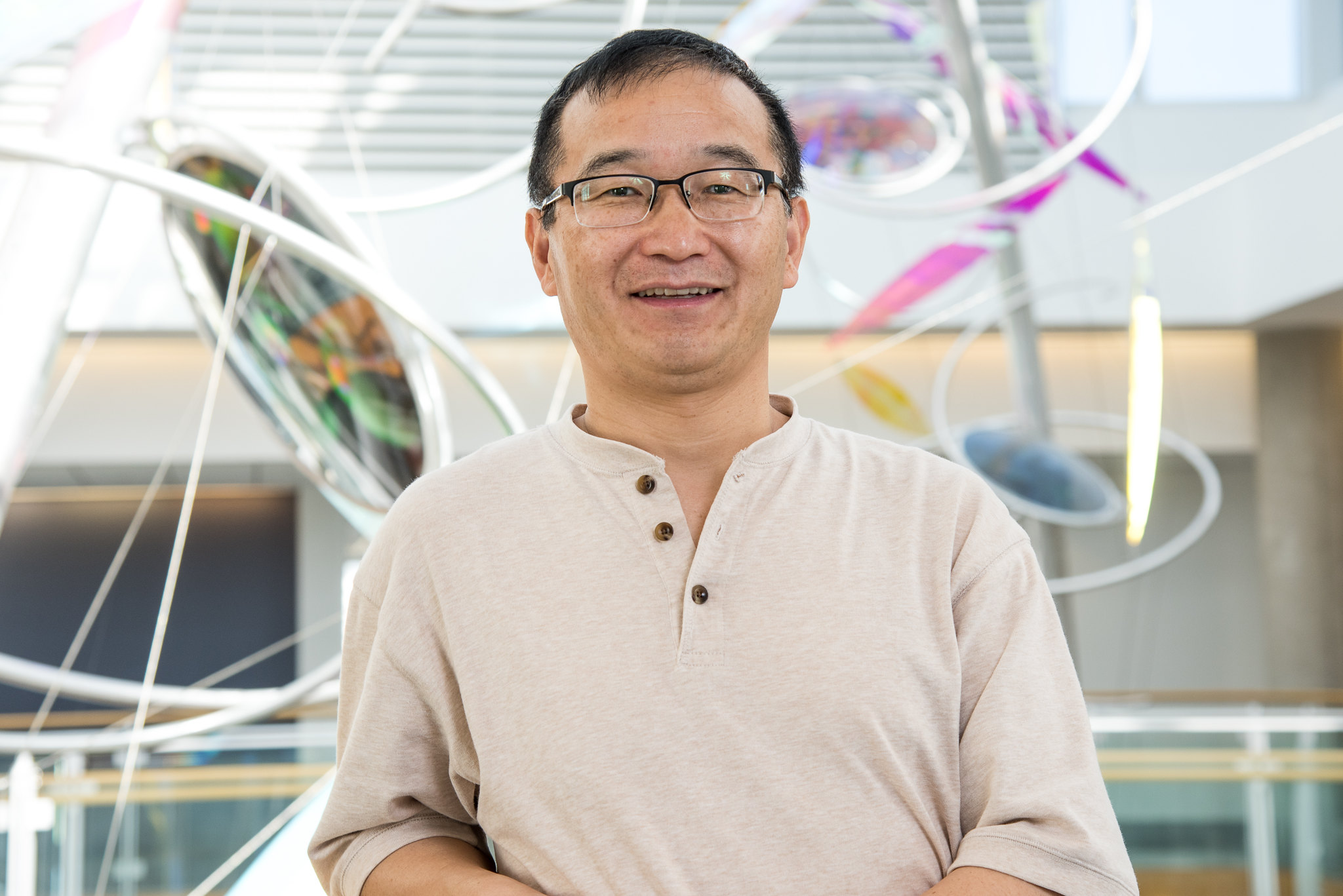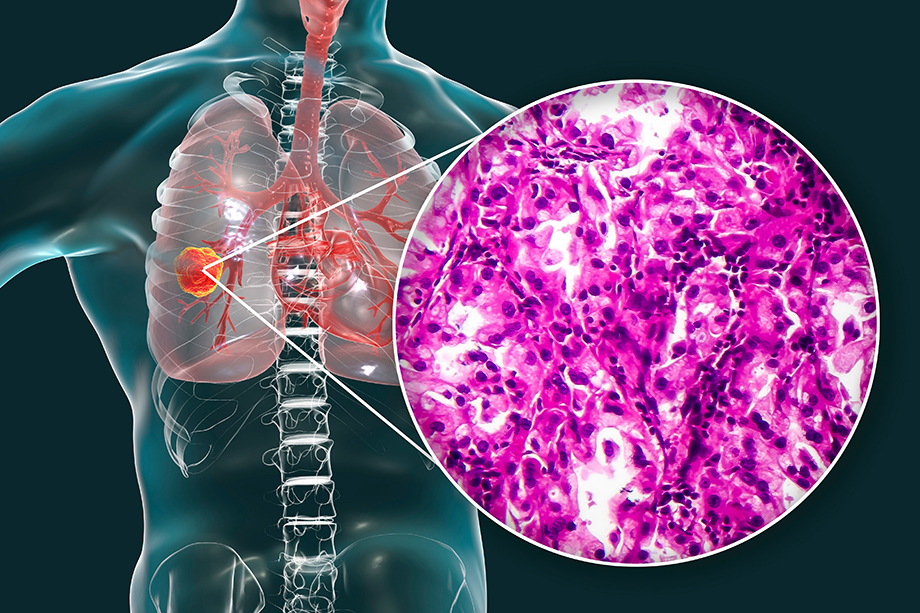
Christopher “Kit” Bond died Tuesday, May 13, 2025. We hold enormous gratitude to his efforts that contributed to our center’s creation.
Bond LSC Director Walter Gassmann summed up our sentiments, writing “We mourn the passing of U.S. Senator Christopher “Kit” Bond and send condolences to his family and all who’ve been touched by his many years of service. Sen. Bond displayed an admirable commitment to investing in a better future through research. The most visible manifestation on campus of Senator Bond’s commitment to MU’s research excellence is what is now known as the Christopher S. Bond Life Sciences Center (Bond LSC), which opened its doors 20 years ago. Bond LSC ushered in a new level of interdisciplinary collaborative research at MU by bringing together eminent research groups from five Colleges and Schools (Agriculture, Food & Natural Resources; Arts & Sciences; Engineering; Medicine; Veterinary Medicine). Sen. Bond’s many initiatives and years of public service continue to provide progress that promotes health, nutrition, and a sustainable environment for Missourians and the world.”
Mizzou paid tribute to Sen. Bond’s impact in the following statement:
Today the University of Missouri joins the state of Missouri and nation in honoring the legacy of former U.S. Sen. Christopher “Kit” Bond, a visionary leader known for his commitment to public service and education, including helping to create the life sciences center that bears his name on the University of Missouri’s Columbia campus.
The Christopher S. Bond Life Sciences Center has saved and improved lives for Missourians and people in all corners of the world for two decades. The leading-edge interdisciplinary center allows researchers to collaborate and solve the toughest problems in human and animal health, the environment and agriculture. The center celebrated its 20th anniversary last fall.
“Senator Bond was a tremendous champion for Missourians and the University of Missouri,” said Mun Choi, president of the University of Missouri. “His incredible commitment to groundbreaking research in life sciences, agriculture and other critical areas impacted the state and secured our role as a world-class institution. We are grateful for his decades of support and proud to carry on his legacy of service.”
“The state of Missouri and the University of Missouri System have both tremendously benefitted from Senator Bond’s leadership,” said Todd Graves, chair of the UM Board of Curators. “His tenure of dedicated public service continues to positively influence Missouri today, and we value his tireless advocacy and support throughout his long and distinguished career.”
Bond’s impact on the University of Missouri System and Mizzou transcended the Bond LSC. During his 24-year career in the U.S. Senate, Bond was able to secure an estimated $500 million in federal research and infrastructure funding for the UM System and the University of Missouri.
The Bond International Scholar Award, launched in 2018 with a generous endowment from his friends and colleagues, has awarded scholarships to dozens of students, helping them continue their studies abroad and prepare for global leadership. Also, the Bond Distinguished Lecture Series was launched in 2011 to create a forum for national and international leaders to explore economic, science, political and security policy.
During his career, Bond provided support for the MU Life Science Business Incubator at the Missouri Innovation Center; the National Center for Soybean Biotechnology on the Mizzou campus; and the Center for Agroforestry at the University of Missouri. He also helped MU’s College of Agriculture, Food and Natural Resources obtain significant funding from the National Institute of Food and Agriculture and the National Science Foundation.
Bond had a personal connection to the University of Missouri. His father, Arthur Bond, was a Mizzou graduate and captain of the football team as well as a Rhodes Scholar.
We share our deepest condolences with Bond’s family and friends. His legacy lives on at the University of Missouri and serves as a powerful reminder of the lasting effect one person’s service can have.














